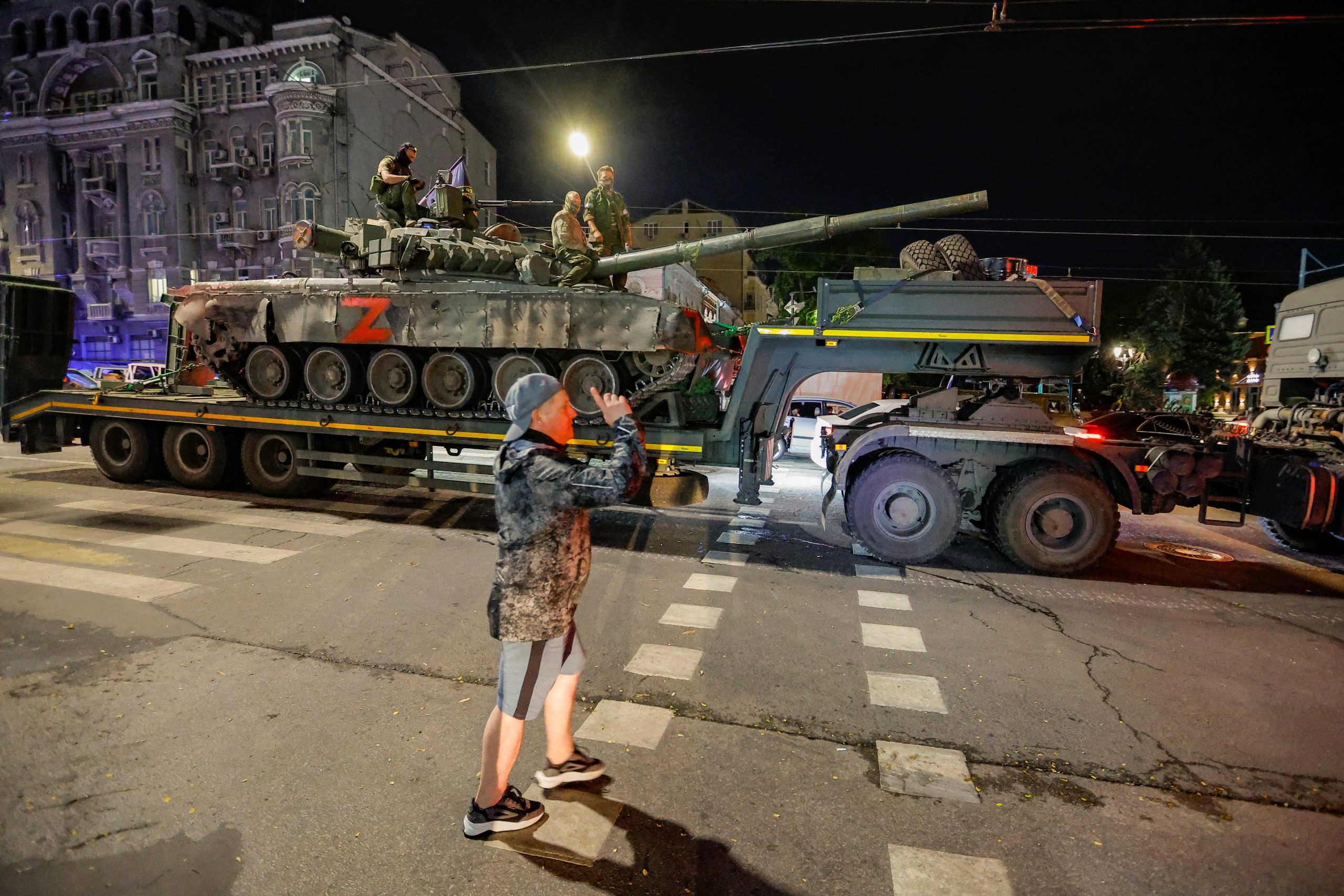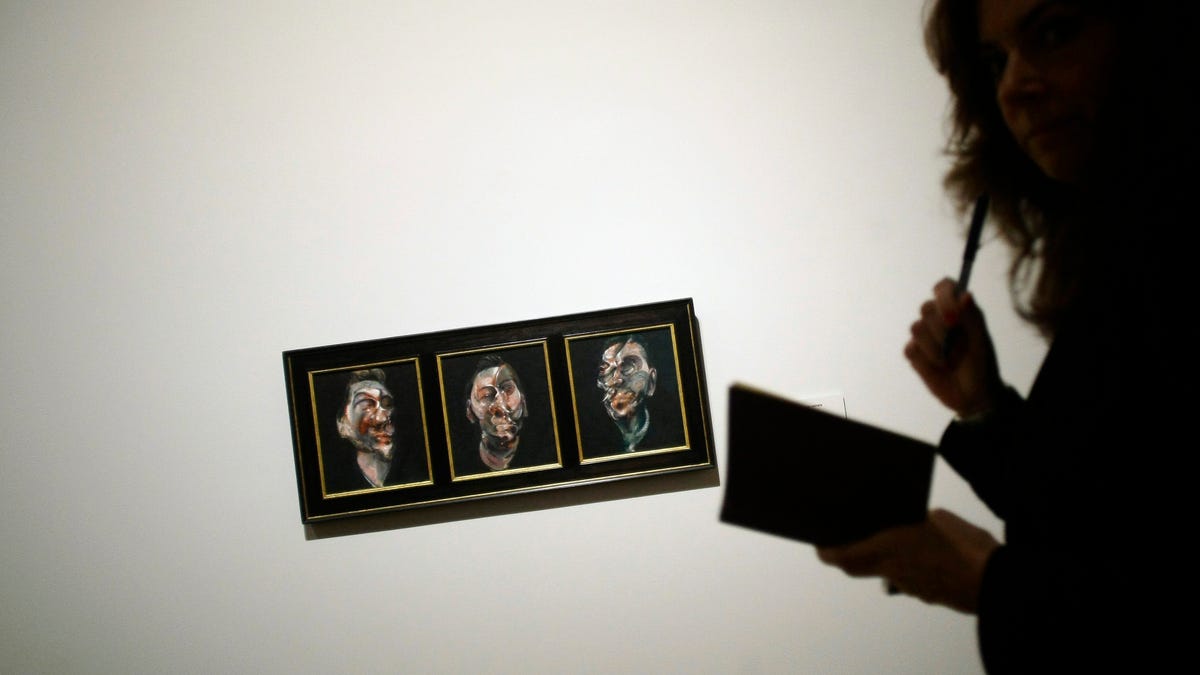- Arvind's Newsletter
- Posts
- Arvind's Newsletter
Arvind's Newsletter
Issue No #778
1.Apple to launch its credit card in India, planning to tie-up with HDFC Bank
In a bid to tap the growing opportunities in India's financial sector, Apple Inc is planning to launch its credit card in India, also known as Apple Card. The iPhone maker is planning to tie up with HDFC bank to bring its credit card to its Indian customers, reported Moneycontrol citing sources.
During the launch of Apple stores in India, CEO Tim Cook met with HDFC Bank CEO and MD Sashidhar Jagdishan in April, anonymous sources told the business website.
2.PM Modi’s US Visit: These two deals matter most to India
The two most significant deals struck are the GE-HAL MoU that involves technology transfer for engines and the Micron deal to make semiconductors in India.
Of these, the GE-HAL Memorandum of Understanding (MOU) can be considered the most significant. India’s indigenous Light Combat Aircraft (LCA) programme has depended on imported engines – initially the GE F404 (for the LCA Mk1A) and now its next generation, the F414, (for the LCA Mk2). The technology transfer – which, according to the information available so far – would be up to 80 percent or more of the engine technology, would see HAL develop capabilities to not only manufacture the engines in India but possibly also later refine it further. This would immensely boost the LCA programme and production. The LCA is expected to be the backbone of the Indian Air Force for the next couple of decades, if not more.
(GE still needs export authorisation for this and there are always several lawmakers in the US who object to technology transfer on principle but the chances of this going through seems high at the moment).
The Micron deal is perhaps the most interesting given the government’s efforts to develop semi-conductor capabilities and a manufacturing base in India. So far, despite trying for a couple of years, the Indian government had been unable to attract a significant player in semi-conductors to set up base in the country. The Vedanta-Foxconn announcement, despite the hype surrounding it, was not very significant. The partners had failed to get a proper technology partner or license manufacturing grade technology for 28 nm chips as per reports in the business press. That is why the Micron promise to set up a facility in India is particularly important.
Micron Technology is the 7th biggest semi-conductor manufacturer (leaving aside the Chinese players) and one of the biggest players in Dynamic Random Access Memory (DRAM), NAND Flash memories as well as storage technologies such as SSD and MicroSSD. While it does not produce CPUs and GPUs, it is a significant enough player in semi-conductors to help kickstart the semiconductor ecosystem in India
3.Crisis abates in Russia
The day after an armed rebellion by Wagner mercenaries against Vladimir Putin’s government was defused at the last minute, neither Putin nor the mercenary leader, Yevgeny Prigozhin, made a public appearance, adding to the sense of uncertainty and confusion pervading Russia reports the New York Times. The swirl of events over the last few days has left questions about Putin’s authority and the future of the war in Ukraine.
The armed uprising, which Prigozhin led, called into question Russia’s justifications for its war in Ukraine and the competency of its military leadership. Wagner forces marched toward Moscow with the aim of challenging Russia’s military leadership, and while they took control of a midsize Russian city, Rostov-on-Don, they failed to gather much public support.
By Saturday night, Aleksandr Lukashenko the leader of Belarus, had stepped in and arranged for Prigozhin to go to Belarus and avoid criminal charges, and for the Wagner fighters to avoid repercussions. Though later news reports mentioned that Prigozhin may still be tried.
Residents cheered and embraced the mercenaries as they left Rostov-on-Don on Saturday. Prigozhin’s description of his actions as a “march for justice” will have resonated with some and maybe many people in Russia.
The impact of such a direct challenge to the Kremlin, which went unpunished, might not be felt for days or weeks. It could have profound implications for Russia’s global standing as partners like China reassess the strength of Putin’s authority.
The future of the Wagner group and Prigozhin’s continued role in it remains unclear. The uncertainty extends to the group’s operations Africa, where it has thousands of fighters.
4.The world's first painting IPO is good news for museums
In the second half of July, anyone with a couple of hundred dollars to spare will be able to buy a share in a Francis Bacon masterpiece: “Three Studies for a Portrait of George Dyer,” finished in 1963. The triptych will become the world’s first painting to go public.
And then it will go to the public—to an as-yet-undetermined museum, where thousands of people can gaze at a canvas that has often hung on the walls of private collectors like Roald Dahl.
The IPO, conducted by a company named Artex, will see “Three Studies” listed on a purpose-devised art exchange out of Liechenstein. The listing’s value is roughly $55 million; the painting last sold, at a 2017 auction by Christie’s, for close to $52 million.
From that Christie’s sale, the painting moved into a private collection—which is the fate of many, many works of fine art. Artex’s decision to put its listed works on public display is a boon to art lovers who can see paintings and sculptures that were previously difficult to access—and also to the museums that will host these works.
Its not HAL but NASA aims to have spaceships talk.
n the film 2001: A Space Odyssey the sentient supercomputer, HAL 9000, chats conversationally to the mission pilots on a Jupiter-bound spaceship, executing their orders and alerting them to onboard faults – and eventually going rogue.
Now Nasa engineers say they are developing their own ChatGPT-style interface that could ultimately allow astronauts to talk to their spacecraft and mission controllers to converse with artificial intelligence-powered robots exploring distant planets and moons.
An early incarnation of the AI is slated to be deployed on Lunar Gateway, a planned extraterrestrial space station that is part of the Artemis programme, according to the engineer developing the technology.
“The idea is to get to a point where we have conversational interactions with space vehicles and they [are] also talking back to us on alerts, interesting findings they see in the solar system and beyond,” Dr Larissa Suzuki, a visiting researcher at Nasa said. “It’s really not like science fiction any more.”





